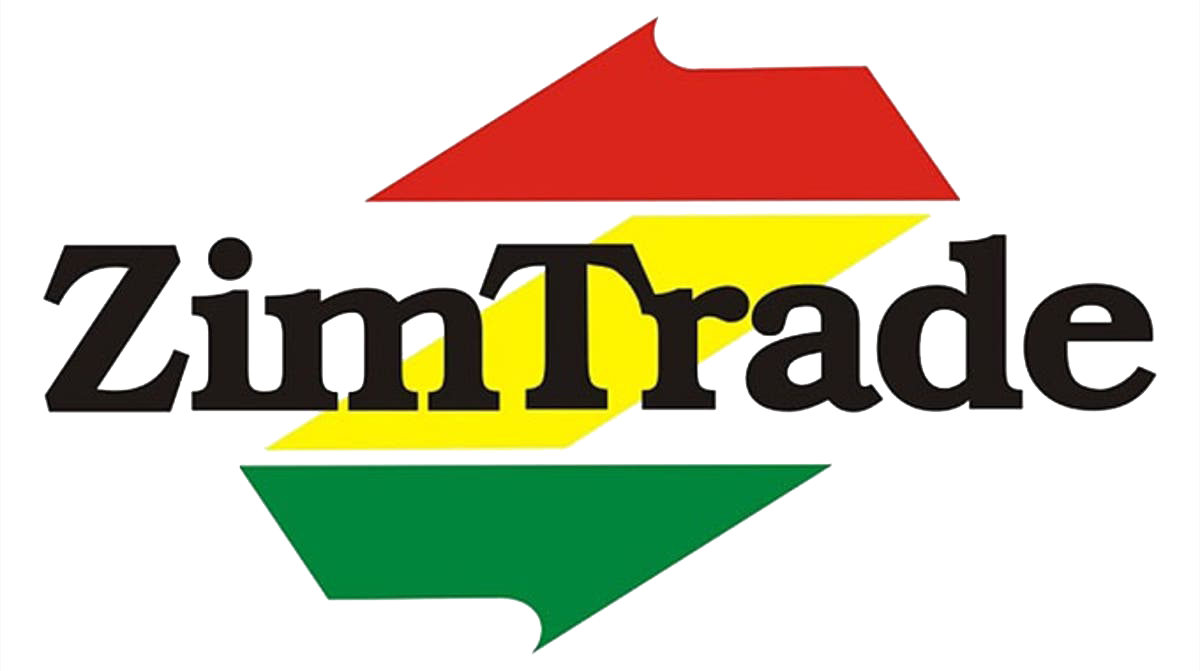Often people ask what it takes for products and services to compete well on the export market.
While this question will take long to answer – given the broad elements that contribute to the competitiveness of products – there are some areas that businesses often overlook, particularly small and medium enterprises.
Branding is one of those crucial areas.
Branding is a fundamental element of value addition on a product that takes it from being ordinary to making it top of the choice-list of the consumer.
It is more than the physical and visual elements of a product; it is the totality of all promises made by the manufacturer to the consumer.
For example, the brand Mercedes Benz represents more than just a mode of transport. Rather, the positioning of brand has focused on issues such as prestige, status, luxury and exclusivity.
So, when people buy the brand Mercedes Benz, they are more interested in the promises than just a car which can take them from one point to another.
What this means is that local companies need to sale more, than just products or services.
However, brands must ensure that they fulfill promises made.
On the local market, brands such as Coca Cola, Surf and Mazoe have achieved status of generic product descriptor through fulling promises that meet consumer needs and wants.
To some people, they refer all washing powders as Surf and all floor polishes as Cobra.
Thus, regardless of cost or market, Zimbabwean companies must consider improving on their brands so that they create an indelible image in the minds of global consumers to achieve a more sustainable export revenue stream.
For local companies that are seeking to improve on their brands, ZimTrade – the national trade development and promotion organisation – has a Marketing and Branding for International Competitiveness programme designed to develop and enhance export skills for local companies.
The training programme recognizes that a brand must be able to deliver its message to a consumer, relevant to the channel and meeting expectations of the customers.
Develop branding strategy
For anything to be successful the development of a strategy is vital.
A brand strategy creates a vision and direction and must be communicated effectively to prevent individuals from losing sight of the main goal.
Stumbling upon success without a plan is very possible and plenty of businesses have made it with just sheer luck.
It is therefore imperative that companies follow up on that sheer luck by developing strong branding strategies.
An effective brand strategy is more than just determining what shade of red to use for the logo, or what to post on Facebook or Twitter.
Another important element that forms part of the brand strategy are the marketing tactics.
How will your customers learn about your brand?
With the advent of Covid-19 and the evolving of the technology world the use of print media has dwindled significantly therefore business have to come up with innovative ways to communicate effectively with the consumer.
The role of e-commerce (social media, websites, online stores) cannot be over emphasized in the communication plan for the brand.
Other elements such as the Brand Core, Positioning and Brand Persona create the long-term plan that is the brand strategy.
The Brand Core
What is the point of the brand?
This is one of the questions that branding seeks to answer to add value to a product.
The brand purpose must be clear and concise and answers the why question.
Its much like when building a house, there is need for a strong foundation for the structure to be strong.
The brand core must have strong values which be critical in getting the business to a path of success.
Once a brand has a clearly defined purpose it will help local companies create brand loyalty, make more sales, grow faster and get better Return on Investment.
Brand vision and values will act as a roadmap for where the brand is heading.
Defining the vision allows you to dream big and inspire people as well as to stay on track without losing steam.
When designing these brands, local companies can take advantage of the local market, which acts as a mirror to the export market.
Once a company gets their brand right on the local market, it will be easier to enter the export market.
The brand positioning
There is need to know the target market and resonate with them.
Building a profile of the average target customers including demographics, problems they face that will be solved by the product, behavioral patterns as well as emotional proclivities assists in positioning a brand.
With this information it becomes easier to position your product or service as something that the consumer not only needs but wants.
If a business succeeds in branding and espouse it with appropriate targeting and position initiatives, it will instantaneously become more recognizable and trusted and chances are this will lead to more earnings from export market.
Differentiation as augmentation to branding strategy can be done through analyzing gaps in the market.
All export markets have become very crowded and competitive. However, it is important to look at areas that can set local brands apart.
For example, while the breakfast cereals space is over saturated with different products, Cerevita remains one of the top products that has done well in strengthening their brand in local, regional, and international markets.
The Brand Persona
There is need to consider a brand as a living human being, which can speak to other people.
Therefore, first impressions literally count.
Describing the brand as is if it was a person will help form relationships with like-minded people and get them to buy into the company’s vision more quickly.
With the development of the personality, it follows that the tone of voice comes next.
The target audience will determine the ways through which the brand will be communicated.
This communication must be used consistently across all channels of communication.
In addition, it is imperative to create a tagline that is memorable to sum it all up.
For example, “Just do it” needs no introduction, it quickly brings a picture of NIKE, which is a well-recognized brand world over.
This by no means is not exhaustive but gives brands direction to create long lasting impressions and brand loyalty.
Going forward
These key elements indicate that branding goes beyond traditional packaging, the logo and name of the product.
Though important it does not end there but rather acts as a stepping-stone in the process of adding value to products or services that resonate with consumers.
To tie up all the key elements of branding, customer centricity should be a mantra that local companies should urgently invest in.
Having a great brand is not enough in fact it is a huge waste of time if the brand does not serve its purpose.
When consumers find themselves in a situation where they are searching for a solution, Zimbabwean brands should be easily recognizable and should come to mind quickly.
But if the brand is not on point, then targeted customers may not be thinking about it.



